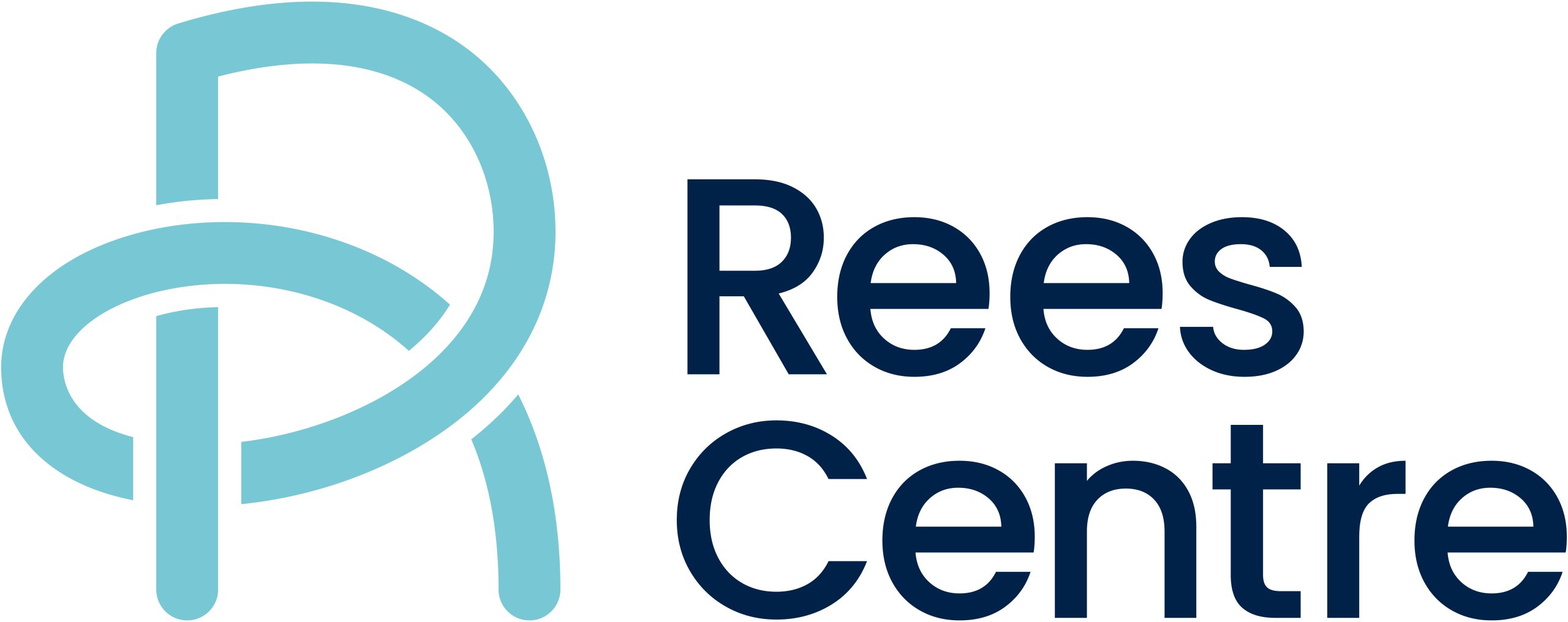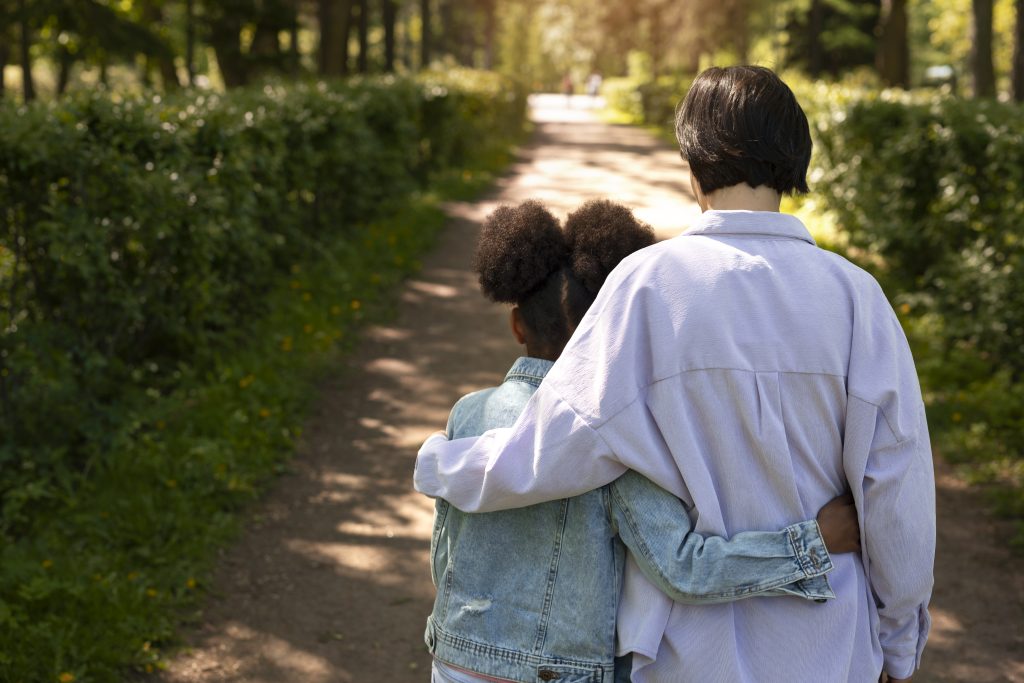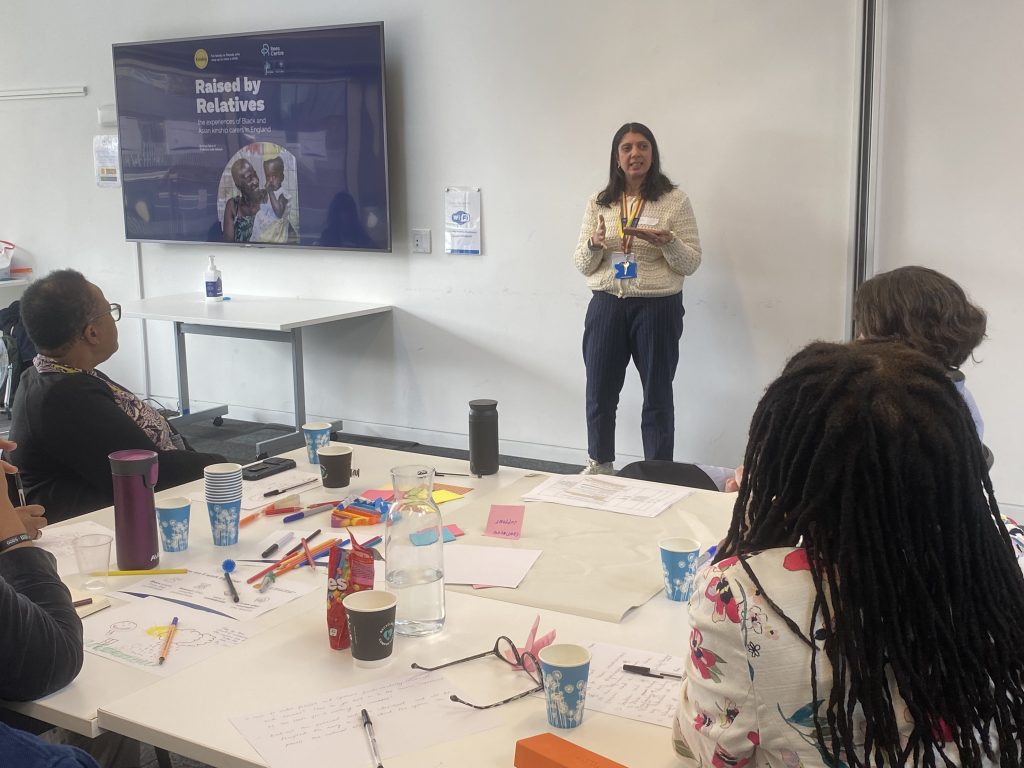
My experience working with care-experienced children
Over my years working in education with care-experienced children, I have come to firmly understand that without a respectful and caring relationship with the child, nothing will work at all. Children who have experienced trauma can succeed in learning only if they feel safe and know that they are seen and valued for who they really are. I think this is true for any child but in this case, it is just more explicit. Often, the teacher becomes not only a source of knowledge but also a trusted person, an older friend — someone the student can turn to in difficult situations. I recently learned that this is called a “secondary attachment figure,” and everything fell into place for me.
I want to share two small stories from my teaching experience. Since COVID, a significant part of lessons takes place online, but even remotely it is possible to build meaningful relationships with students. Recently I travelled home and visited the NGO I work for remotely. There I had a chance to meet in person the children I currently teach online. In Shrek, the donkey kept asking, “Are we there yet? Are we there now?” Similarly, some of my students after every online lesson started asking: “Are you definitely coming in person, yes?”, “I come to the Educational Centre on Fridays, you know?”, “Please come, I’m really looking forward to meeting you!” It’s all incredibly nice of them. I know that for now it is our friendship and talks about daily things which brings this student to my lessons, he does not have his own motivation to learn, these are relationships and communication that encourage him to learn.
This also reminded me of one girl from foster care who is very dear to me. Let’s call her Anna. Four years ago, I was preparing Anna for a maths exam, but it was online; she didn’t come to the Educational Centre, never turned her camera on and I regularly saw just a black square on Zoom, speaking in a lively, cheerful voice. Once, Anna joined a lesson from a child welfare office; there was a serious family conflict. Apparently, solving equations with me was a useful way for her to calm down and get distracted.
Anna doesn’t like writing and always responds with voice messages. Don’t you like voice messages? Me neither. But once they did some good. Anna sent me a message, and in the background, I could hear the announcement of the underground: “Next station is Savyolovskaya.” It turned out we were traveling on the same train, in different carriages. I asked her to get out at the next station, and that was how we finally met in person and hugged. Anna was carrying a homemade bouquet of paper flowers for her foster mother.
Since then, much has changed. Anna has had two children. Saying it’s been difficult is an understatement — Netflix dramas pale in comparison. It’s not that I can do much to help her, but I greatly value the trust and friendship that remain between us. My relatives collected things for Anna’s little son, and recently I visited her to deliver clothes and toys. A funny toy robot that sings silly songs was a huge hit with all of us.
Supporting Anna in her motherhood was not something I had in mind when I was teaching her to solve equations. Sometimes, being a teacher goes far beyond algebra and the Pythagorean theorem — the equations our students need to solve in life are often more difficult than we could ever imagine. I’m happy when the positive relationships young people experience in the classroom stay with them into adulthood and become a source of support.
Written by doctoral student Victoria Bogdanova.









